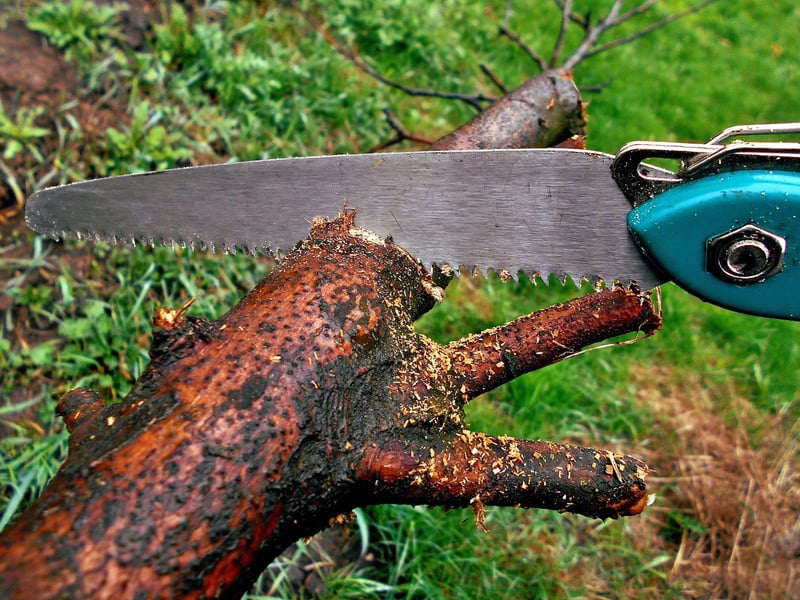Pruning Guide
Keep Your Garden Thriving: A Pruning Guide

Having a flourishing garden requires not only regular watering and fertilizing but also proper pruning. Pruning is an essential gardening task that helps maintain the health and aesthetics of your plants. By understanding the basics of pruning, you can ensure your garden stays vibrant and beautiful all year round.
Why Prune?
Pruning serves several purposes in gardening:
- Stimulates plant growth
- Shapes plants for aesthetic appeal
- Removes dead or diseased branches
- Controls plant size
- Improves air circulation and sunlight exposure
When to Prune
The best time to prune varies depending on the type of plant. In general:
- Spring-flowering shrubs: Prune after they bloom
- Summer-flowering shrubs: Prune in late winter or early spring
- Fruit trees: Prune in late winter
- Deciduous trees: Prune in late winter or early spring
- Evergreen trees and shrubs: Prune in late winter
Pruning Tips
Follow these tips for successful pruning:
- Use clean, sharp tools to make precise cuts
- Remove dead, damaged, or rubbing branches first
- Prune at a 45-degree angle just above a bud or lateral branch
- Step back regularly to assess the plant's shape as you prune
- Don't remove more than one-third of the plant's growth at a time
Final Thoughts
Pruning is a valuable skill that every gardener should master. By pruning your plants correctly and at the right time, you can promote healthy growth and enhance the beauty of your garden. Remember, each plant may have specific pruning needs, so it's essential to research individual species for tailored care.
Happy pruning, and may your garden continue to thrive!

